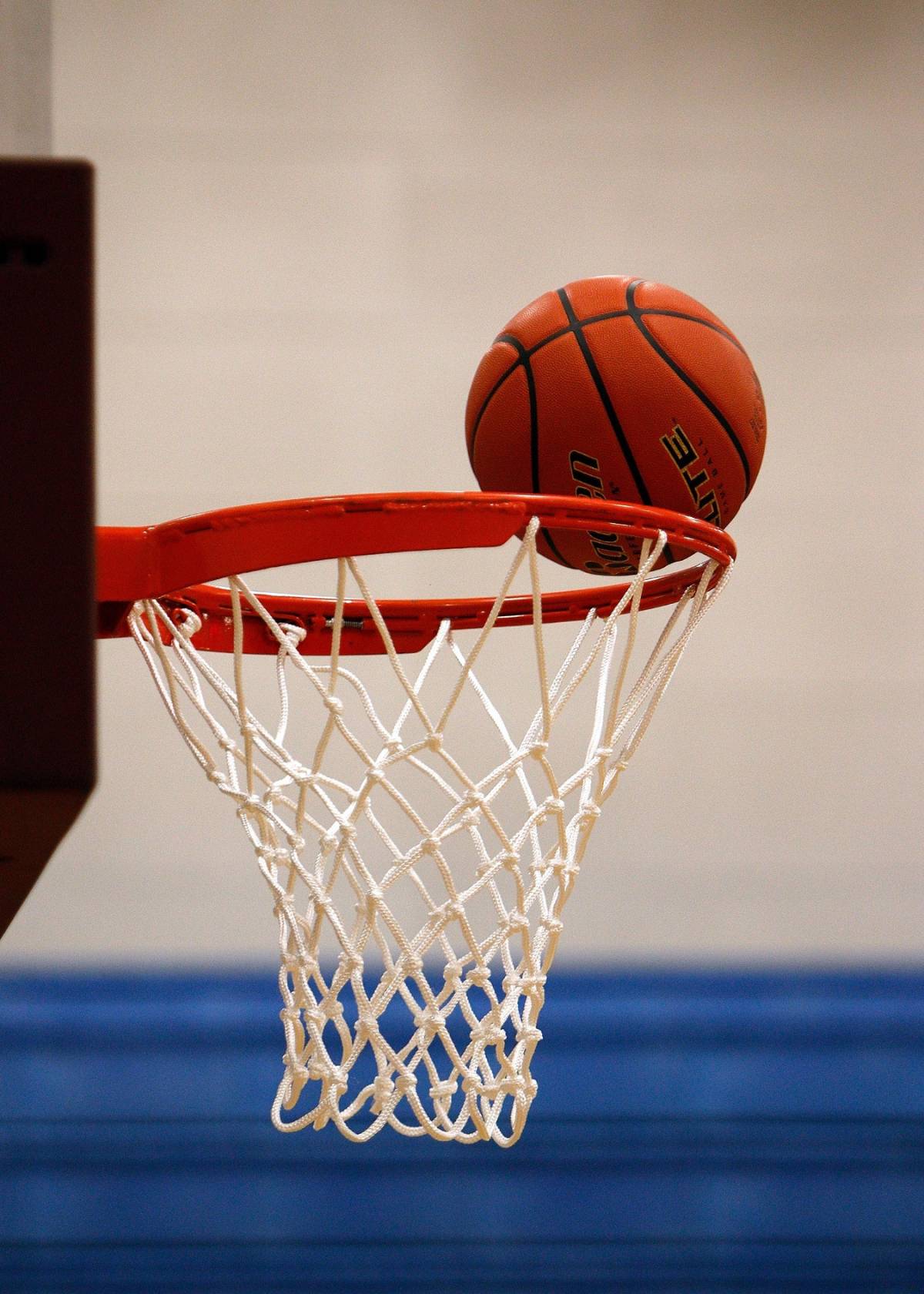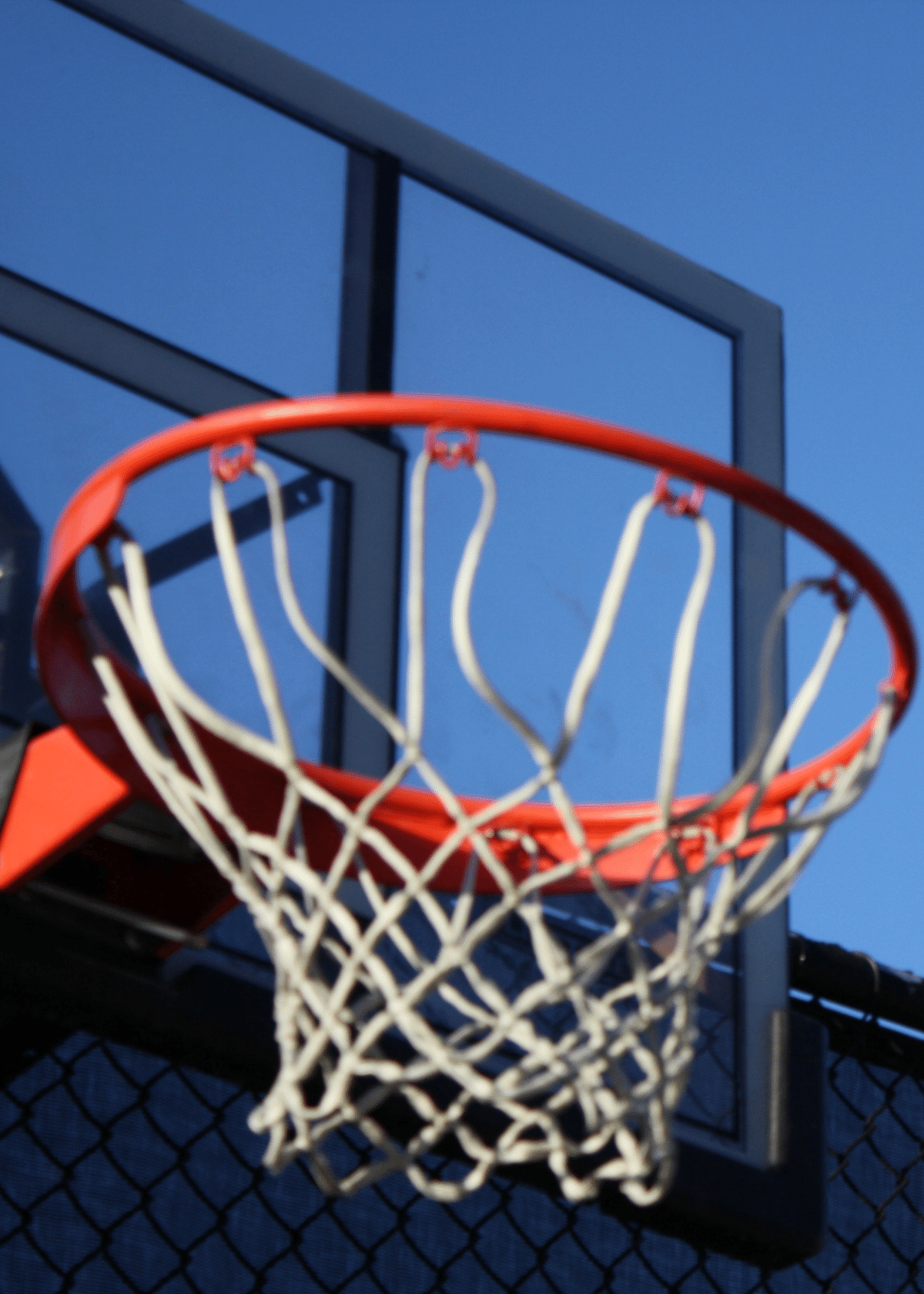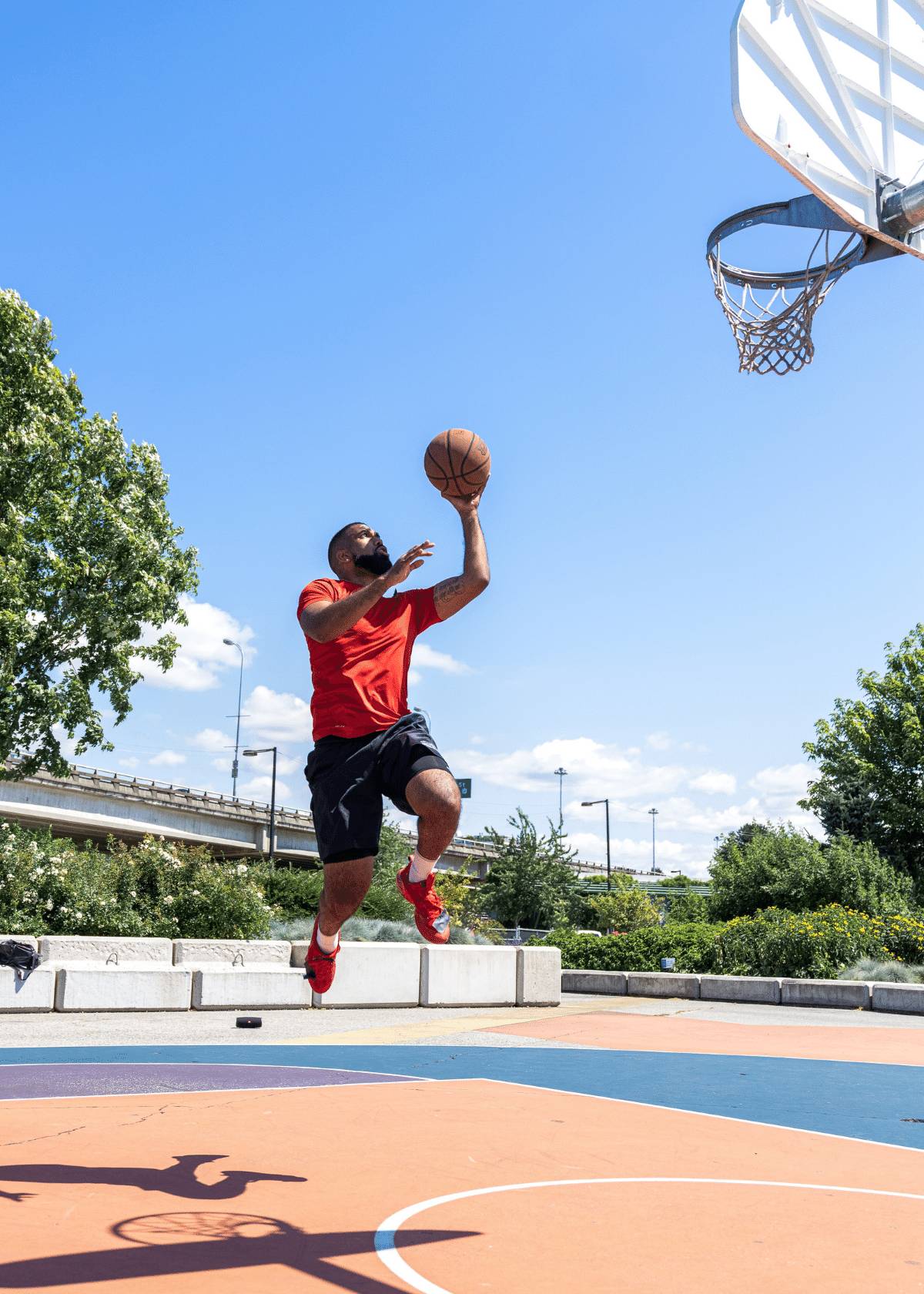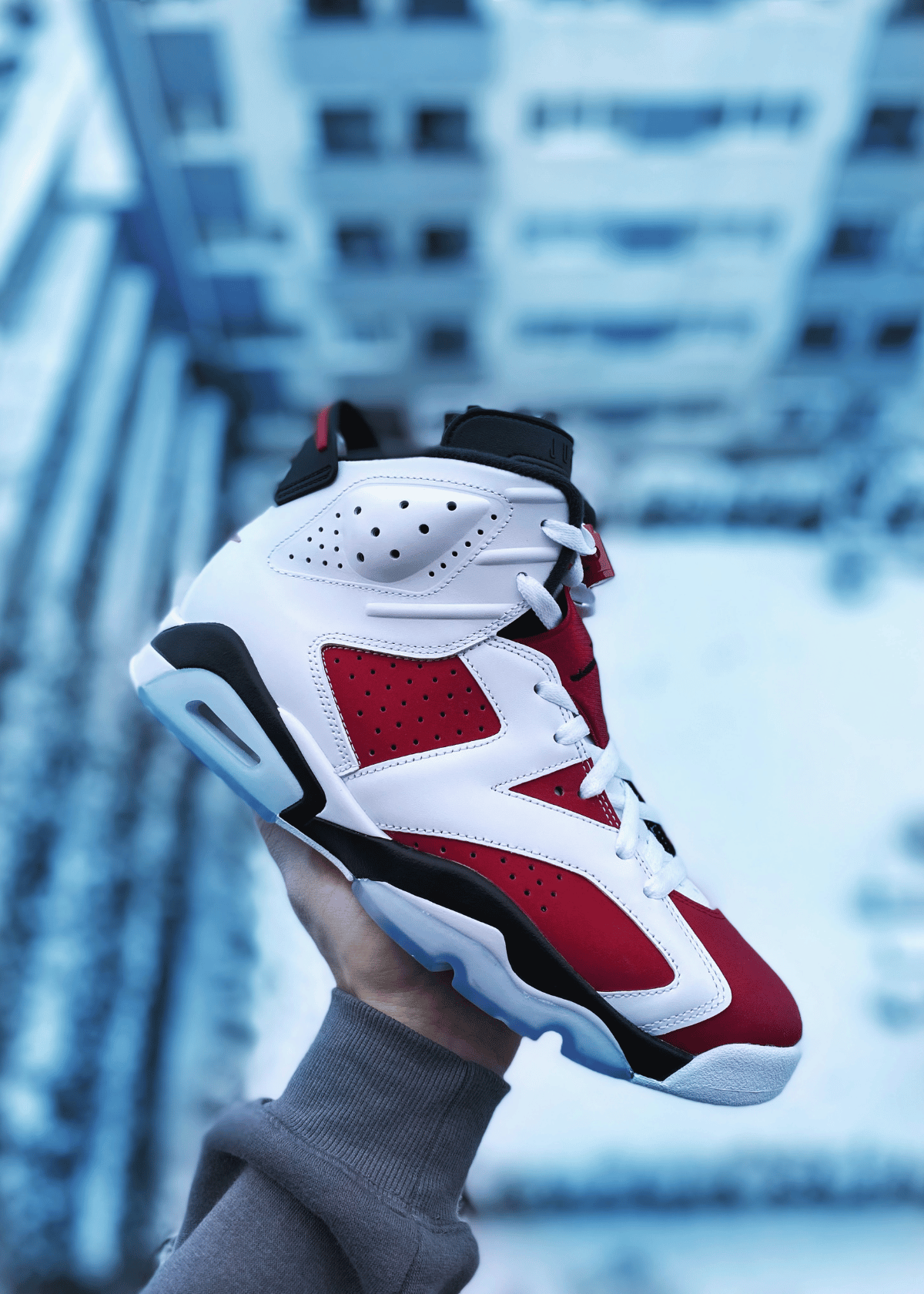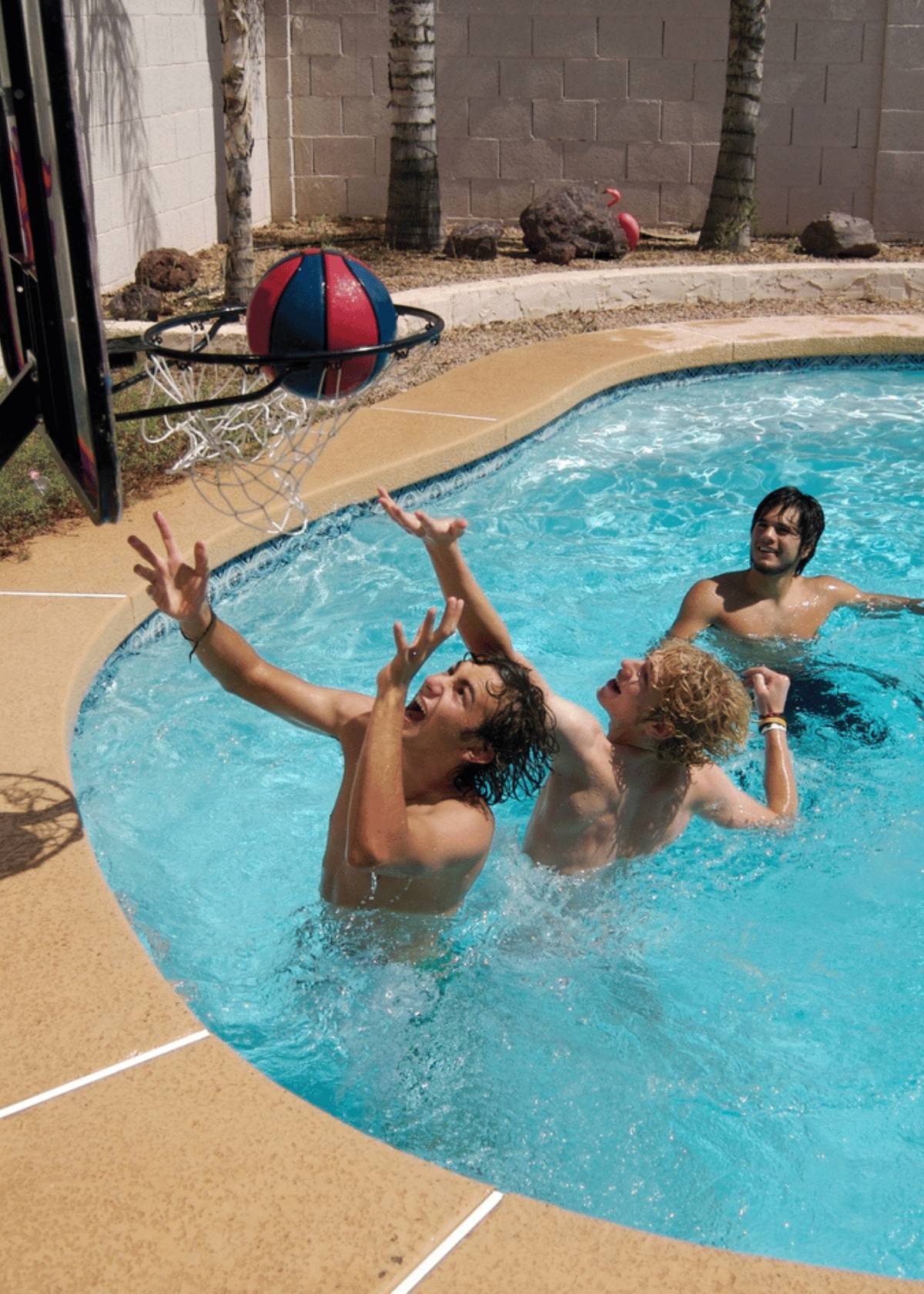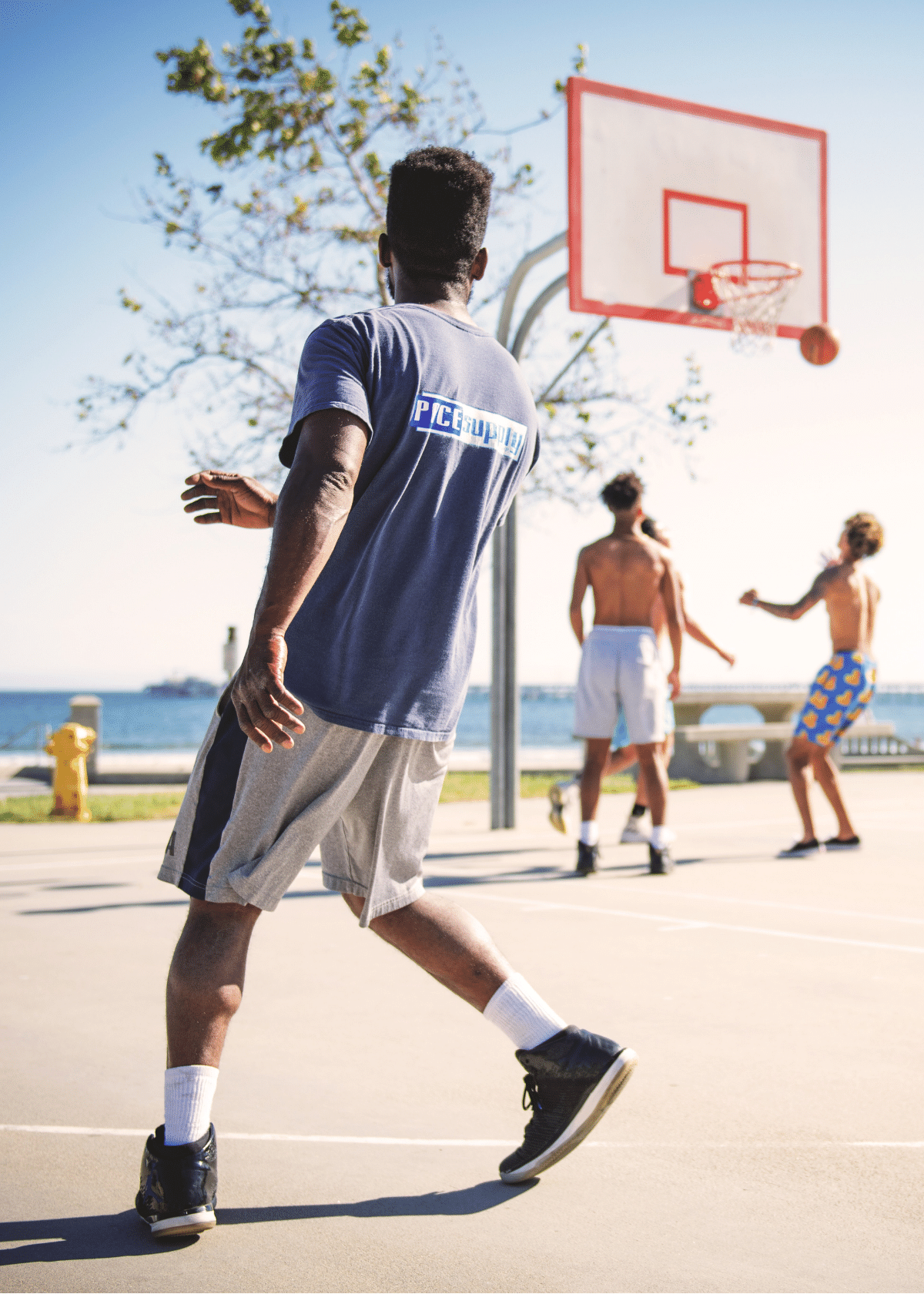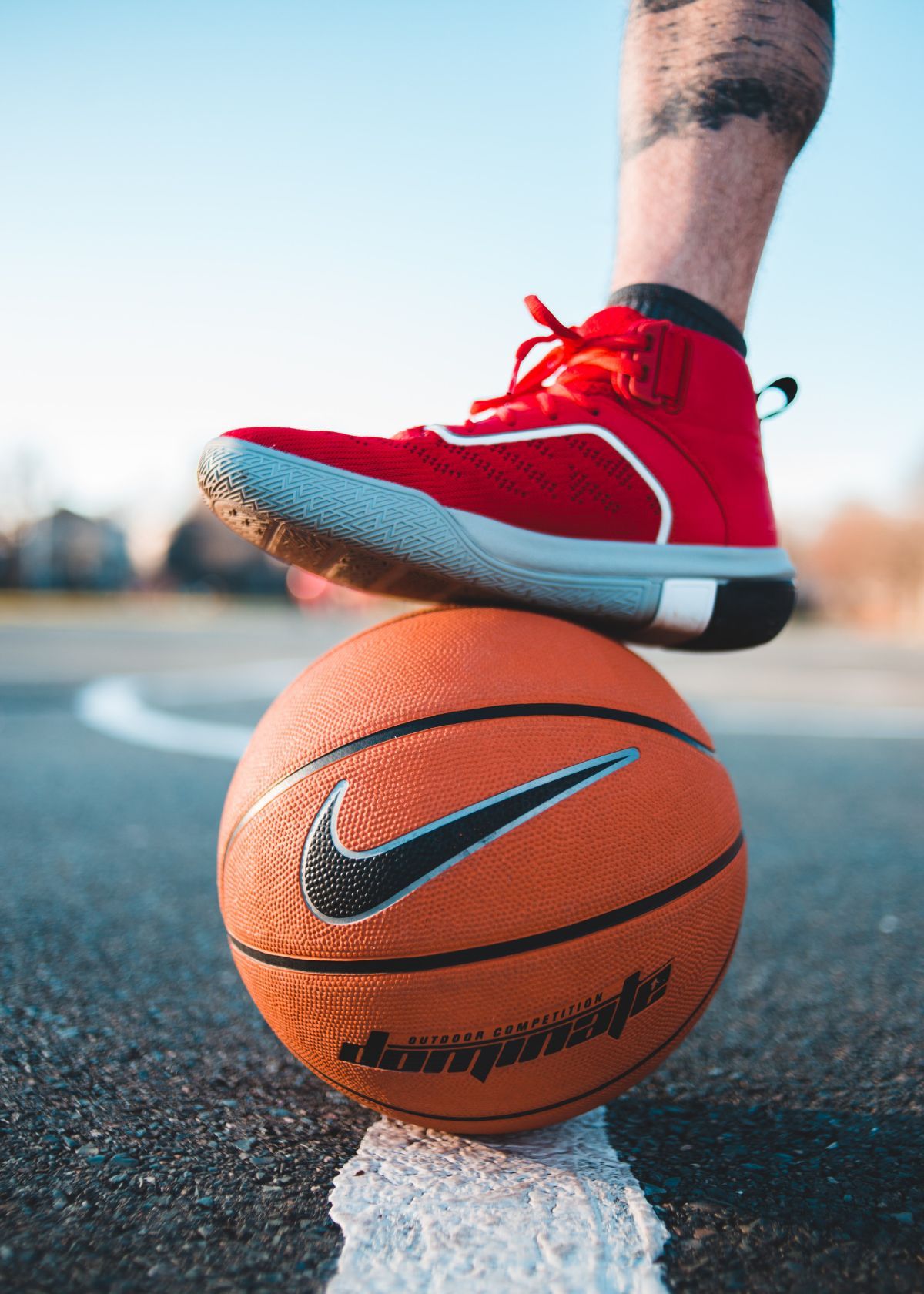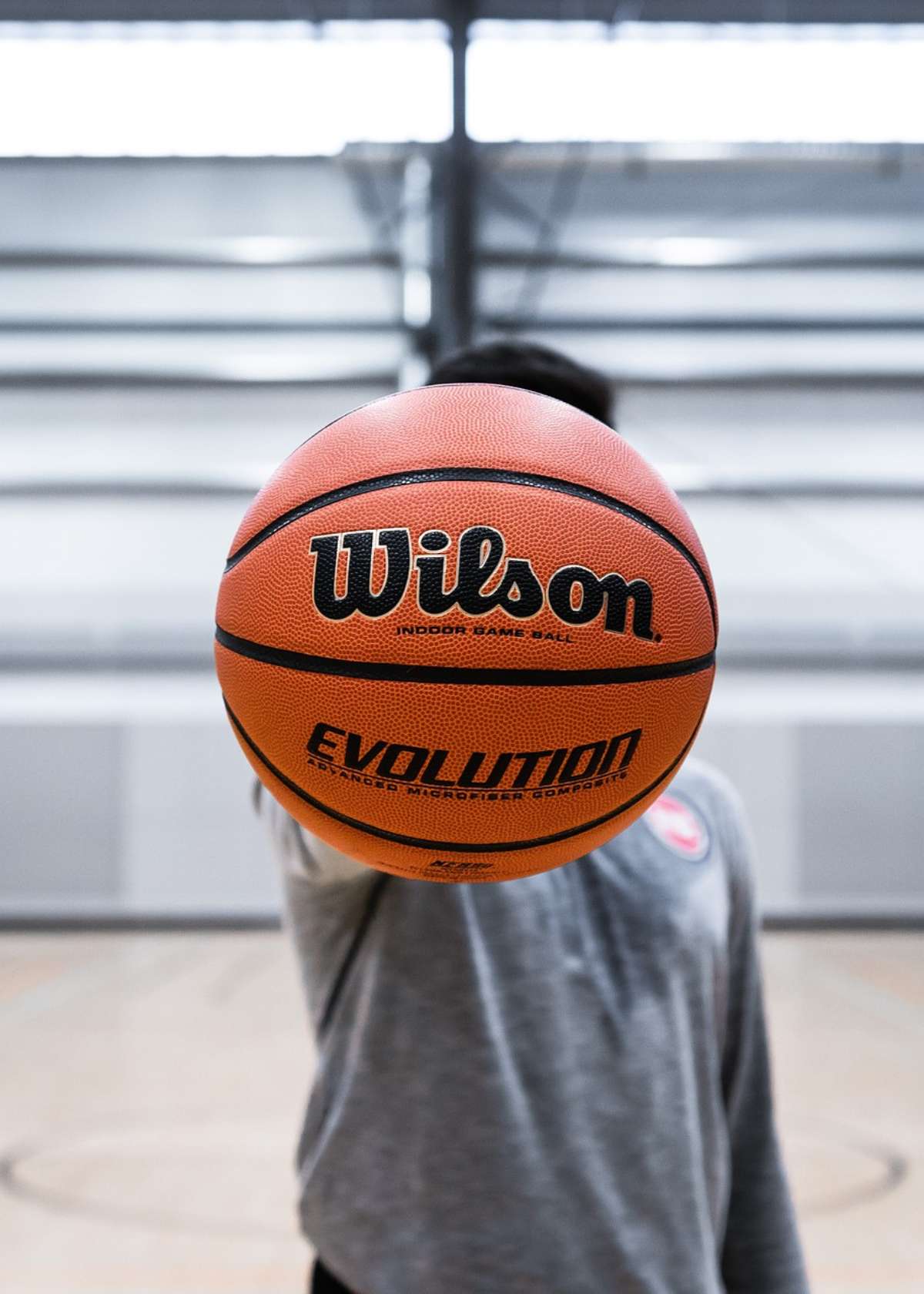Basketball is a beloved sport played worldwide, and the most iconic piece of equipment that makes up the game is the basketball itself. From the squeak of sneakers on the court to the thud of the basketball, everything about the game is thrilling.
One of the most common sights on the court is a bright orange basketball being passed around. But have you ever wondered why basketballs are orange? In this blog post, we'll take a closer look at the evolution of the vibrant shade of basketballs.
Table of Contents
- What is the Exact Color of a Basketball?
- The Iconic Orange Basketball
- The Early Days: What Did Original Basketballs Look Like?
- The Invention of the Orange Basketball
- Why Orange? Unveiling the Reason Behind the Color
- How the Orange Basketball Enhanced the Game
- The Role of Television in the Adoption of the Orange Basketball
- Impact on Player Performance: Does Color Matter?
- The exception to the Rule: Non-Orange Basketballs
- Conclusion
What is the Exact Color of a Basketball?
Before we dive into the evolution of the orange basketball, it is important to understand the exact color of a basketball.
According to the official rules of the National Basketball Association (NBA), a basketball must have "the color orange, and have a surface made of pebbled leather or synthetic leather."
The ball must also be "a sphere made of leather or composite material" that is "between 29.5 and 30 inches in circumference" and "weighs between 22 and 22.9 ounces."
NCAA has some specific rules about the color and shape of the basketball. According to their rulebook, the basketball must be one of these colors: Pantone Matching System Orange 151, Red-Orange 173, or Brown 1535. And it should be made of leather.
The Iconic Orange Basketball
Basketballs are well-known for their vibrant orange color. This color was made famous by the NBA and other professional leagues. However, not all basketballs are orange.
There are many other colors, including red, blue, and green. But the orange basketball is the most common and widely recognized. The bright hue has become an integral part of the game and is associated with the sport.
We all have grown up seeing an orange ball, as most basketballs we use today have an orange surface color splashed with some black lines. Orange has become synonymous with basketball today and is one of the sport's defining elements.
The Early Days: What Did Original Basketballs Look Like?
Before we delve into the orange basketball, let's take a historical look at how early basketballs looked. The original basketballs were made of leather, similar to the kind used in making footballs.
James Naismith, the former gym teacher who invented basketball, wanted a ball that could withstand the game's rigorous playstyle, which gave birth to the leather basketball design.
The leather was dark brown in color and didn't have any specific markings or designs. As time went on, basketballs evolved. They became lighter, bouncier, and easier to handle, but they still lacked a distinct color.
The Invention of the Orange Basketball
So why did basketballs become orange? It all started in the 1950s when the orange color was first introduced. A company called Spalding, which is one of the world's oldest manufacturers of sporting goods, created the first orange ball.
Before that, basketballs were typically tan or brown. The company created the orange ball for visibility purposes, making it easier for players, referees, and spectators to see the ball on the court.
The orange ball stood out against the tan hardwood floors and was easy to follow as it was passed around the court.
Why Orange? Unveiling the Reason Behind the Color
But why did Spalding choose orange? There were a few reasons. The first was that orange was a popular, energetic color that stood out.
The second reason was that it had a psychological effect on players. Psychologists at the University of Texas found that orange was easier to see and that it was associated with excitement and energy.
Additionally, the contrast between the orange ball and the dark hardwood made it easier for players to track the movement of the ball. The vibrant color also made the ball more visible to television audiences, which we'll discuss below.


How the Orange Basketball Enhanced the Game
The introduction of the orange basketball revolutionized the game. The bright hue made the ball easier to see, and players could follow it more easily, which improved the game's speed and helped players develop better hand-eye coordination.
Rapid gameplay made the sport more popular, and the ball's enhanced grip allowed players to handle the ball more efficiently than ever before.
The orange basketball also made the game more accessible to people with visual impairments, who could now follow the bright ball as it was passed around the court.
The Role of Television in the Adoption of the Orange Basketball
The adoption of the orange basketball also had a lot to do with the growing popularity of television. During the 1950s, television was becoming more widespread, and many games started to be broadcast on TV.
The orange basketball was made for television, as it was easy to see and follow on screen. The orange ball's bright, vibrant color was easily distinguishable on black and white televisions, making it easier for audiences worldwide to watch and follow the game.
As the game became more popular, the orange basketball became more and more associated with basketball, and it became the standard color for basketballs worldwide.
Impact on Player Performance: Does Color Matter?
While the color of a basketball may seem trivial, some sports experts believe that it can actually have an impact on player performance. Studies have shown that players perform better with an orange basketball than with a white one.
The reasons for this are not entirely clear, but it might have something to do with the psychological effects discussed above.
Additionally, some players feel more confident when playing with an orange ball, which can make a difference in their performance. The orange ball's brightness and contrast make it easier for players to see and track the ball, which increases their accuracy and performance.
The exception to the Rule: Non-Orange Basketballs
While the orange basketball has become the standard color, not all basketballs are orange. There are many other colors available, including red, blue, and green.
These colors are not as widely recognized as the orange basketball, but they are still popular in some markets. Some basketball teams also use non-orange basketballs, either as a promotional item or to differentiate themselves from other teams.
Conclusion
Basketballs have come a long way since their inception, evolving from brown leather balls to the iconic orange basketballs we see on the court today.
The orange color was introduced for visibility purposes, making it easier for players, referees, and spectators to see the ball. The vibrant hue also had psychological effects on players, making the game even more exciting.
The orange basketball became the standard color for basketballs worldwide, and it has had a significant impact on the game, even improving player performance. While not all basketballs are orange, the bright hue will always be associated with this popular sport.
Find the ultimate basketball for both indoor and outdoor use with our top recommendations! Save yourself the hassle of research - we've got you covered!
Don't miss our engaging blog posts on basketball and sports & fitness!


